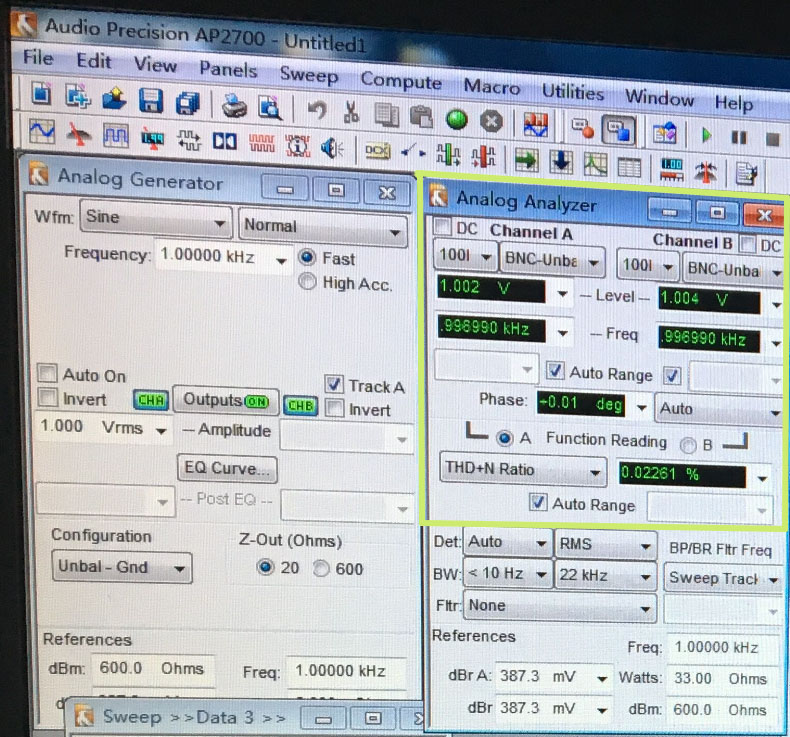Today’s consumers are quite familar and informed with some in-depth technical specifications and they want to stay with their obsessions about those high profile technical parameters. This new consumption trend brings great challenges to brands of Hi-Fi headphones, earphones, speakers & soundbars. When building a retail audio POP system, which helps shoppers try and compare the sound quality of products in the field, audio brands’ product managers try to go to extreme asking for 32-bit digital output at sample rate of 384KHz.
Technically, this is reasonable if we look into the following chart which explains the audio signal flow during retail demonstration, taking headphone retail demo for example:

Say if you have USB audio DACs to get 32-bit audio at sample rate of 384KHz from the 32-bit compliant ARM processor( it requires USB audio class driver at the low level to support), or you can even use some higher end DAC which delivers a DNR of up to 127dB and THD+N of -120db, whose performance level should satisfy the most demanding audio enthusiasts, next you will need a good amplifier to drive the headphones, the most complicated part of which is tuning the amplifier to match the expected audio characteristics of the headphones.
Common sense is that digital audio signal is NOT audible, what people can hear is analogue signal, so to build an impeccable retail audio POP system for real audio enthusiasts, if the analogue part is not tuned up, 32-bit @ 384KHz digital output does Not make any sense.
We have to point out that high quality digital input is not the king, the most important part is the analogue: DACs and amplifier. Unless for headphones with retail price above 1,000USD, it is not suggested to mislead shoppers using 32-bit DAC, due to the super large size and scarcity of 32-bit 384KHz music files. Actually in most cases, 24-bit 48KHz is quite competent for retail audio demo. Why ? CDs use a sample rate of 44.1KHz, so we say 48KHz is not that bad, and 48KHz is a natural choice of audio sampling in digital television applications such as DVD and HDTV. Most importantly, what shoppers finally need is an audio product with high performance price ratio when they make any buying decisions.
Here are some typical wrong understandings about Hi-Fi audio:
No.1: Strong bass means Hi-Fi.
No.2: High clarity means Hi-Fi.
No.3: Hi-Fi is for all kinds of music.
High-fidelity (Hi-Fi) means high quality reproduction of sound (https://en.wikipedia.org/wiki/High_fidelity) , ideally high-fidelity means minimal amounts of noise and distortion with an accurate frequency response.
You may note that high-fidelity is 50% objective and 50% subjective, for a branded headphone, hearing experience from a professional piano player and non-professional can be totally different in terms of sound “distortion”.
To satisfy the real audio enthusiasts, audio brands need professional audio design engineers who understand and love music like a music performer to perfect the design for high quality audio transmission from digital to analogue, and tune the sound both objectively and subjectively. AOK Displays is partnering with leading headphone brands and taking advantage of their acoustics lab & professional team for analogue audio tuning. We are happy to be able to offer the most impeccable audio retail demo system to please the fussy and demanding market, to see is to believe, check out the tech-data as below:
Digital:24bit /48KHz DAC,
Aanlog:SNR:105;
THD+N: 0.02%;
Frequency Response Range: 20Hz—-20KHz
(Tuned By Audio Precision AP2700)

Please click through the following for ready soundbar, headphone, speaker demonstrator,
Soundbar, Headphone, Speaker Retail Audio Demonstration
For project oriented inquiries, please contact us directly for more information.

